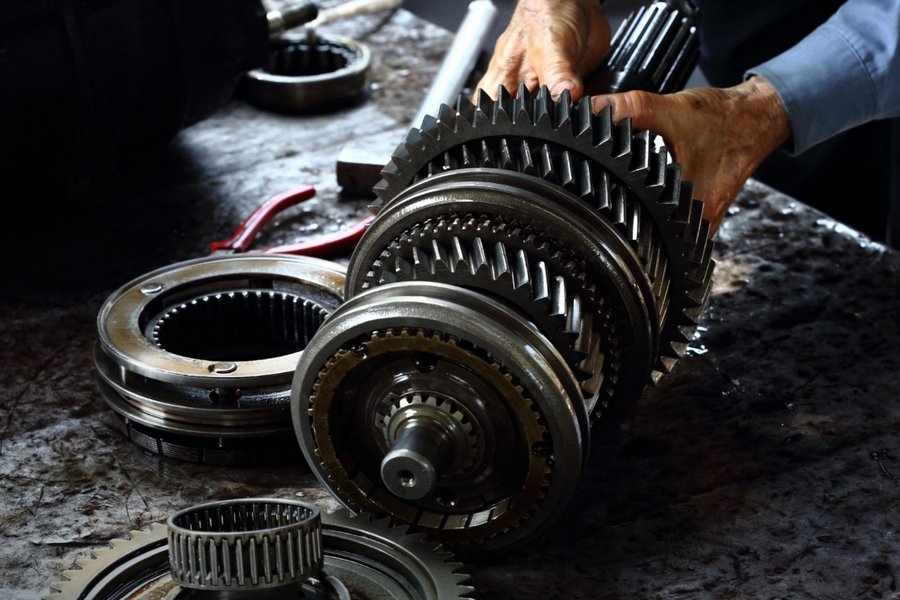Maintaining the functioning and durability of industrial equipment requires frequent gearbox repairs. Machinery owners and maintenance specialists may more efficiently handle problems and return equipment to peak performance by having a thorough understanding of the step-by-step procedure involved in gearbox repair. Let’s explore the 7-step gear box overhaul procedure by Ghaima Group, which will provide insightful information and practical advice for effective repairs.
Initial Evaluation and Inspection
A comprehensive initial evaluation and inspection is the first stage in the powertrain repair procedure. This include inspecting the gearbox for obvious damage, verifying the oil level, and compiling pertinent data on the history and current operating circumstances. Technicians can discover possible problems via rigorous examination and gauge the magnitude of the necessary repair, whether it be a total gearbox overhaul or just individual component repairs.
Disassembly and Component Removal
The gearbox is disassembled when the examination is finished. The required parts, including shafts, bearings, seals, and gears, must be carefully removed in this phase. For the purpose of preventing further harm during disassembly, precision is essential. Each part is examined for signs of wear, harm, or disarray, and any defective or worn-out components are noted for replacement or repair.
Cleaning and Preparing Components
For a repair to be successful, the gearbox’s components must be cleaned and ready for use. It is completely cleaned to get rid of old lubricants, dirt, and debris from components. This guarantees top performance and lowers the chance of contamination. After cleaning, components may get further procedures to restore their original performance and integrity, including shot blasting, thermal treatment, or straightening.
Component Replacement or Repair
In this stage, worn-out or damaged parts are either changed or repaired. Gears, bearings, & seals that can no longer be repaired are replaced with brand-new ones that meet the necessary criteria. To get them back to working order, repairable parts may need to go through procedures like re-machining, re-grinding, or reconditioning.
Reassembling and Lubricating
The gearbox follows the completion of all required repairs and replacements. After meticulously aligning every component, it is painstakingly reassembled. To reduce friction and stop early wear, proper lubrication is essential during reassembly. Based on operating circumstances and manufacturer recommendations, the right lubricant is chosen to provide optimum performance and lifetime.
Testing and Performance Evaluation
The gearbox is thoroughly tested after reassembly to gauge its performance. This entails operating the gearbox at a load and keeping an eye on variables including temperature, motion, and noise levels. Any remaining problems or prospective changes that are required to guarantee adequate functioning are found during testing.
Final Examination and Quality Control
The gearbox must pass a final examination to confirm that it complies with all requirements. All parts, connectors, and seals are rigorously inspected by technicians for correct fit and alignment. The gearbox is prepared to be fitted and start performing as planned after passing the final inspection.
If you are looking for a screw compressor rewinding service Dubai, GhaimaGroup.com would be the right choicee.

Hiking addict, foodie, hiphop head, vintage furniture lover and front-end designer. Acting at the junction of art and intellectual purity to save the world from bad design. Concept is the foundation of everything else.
